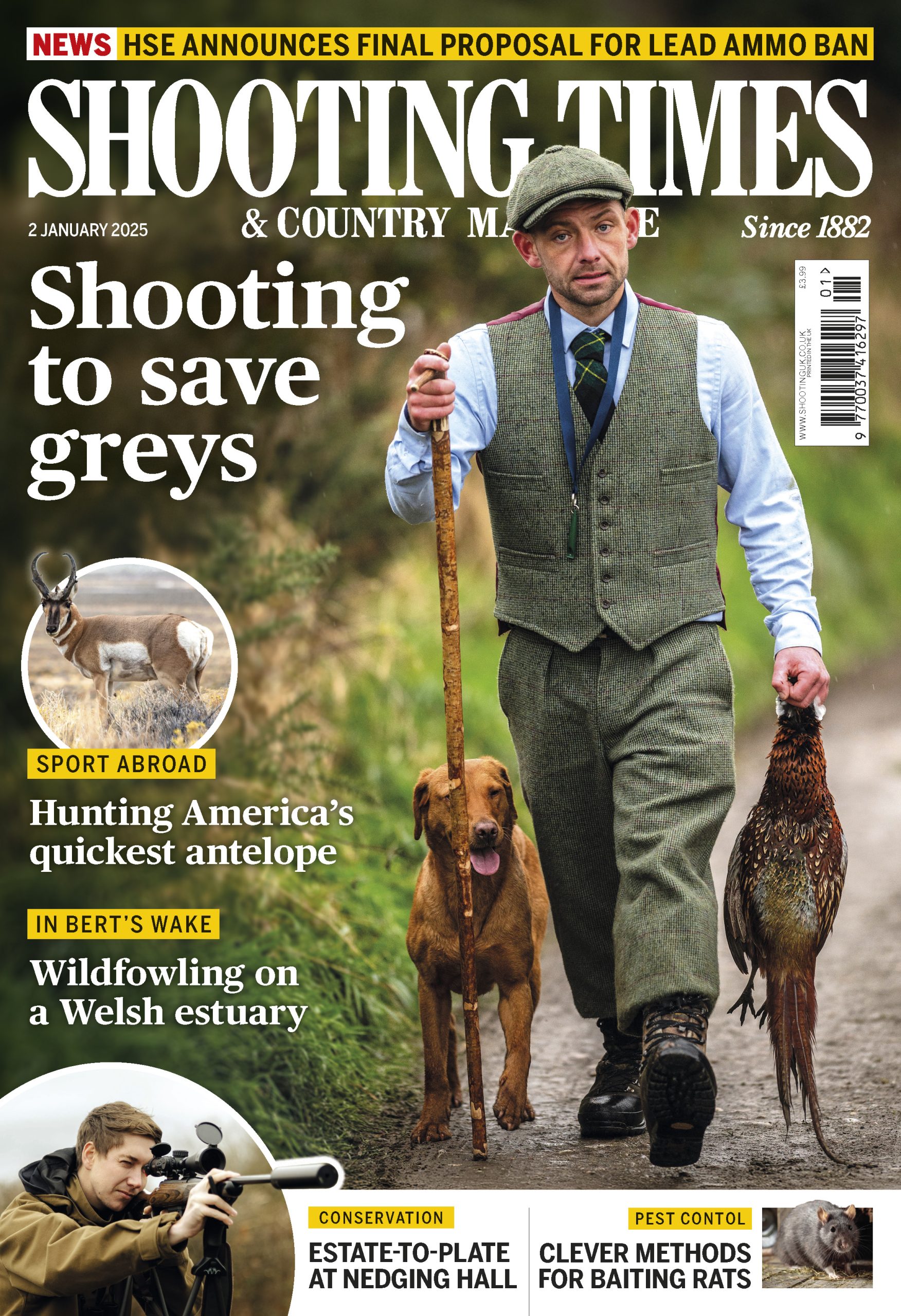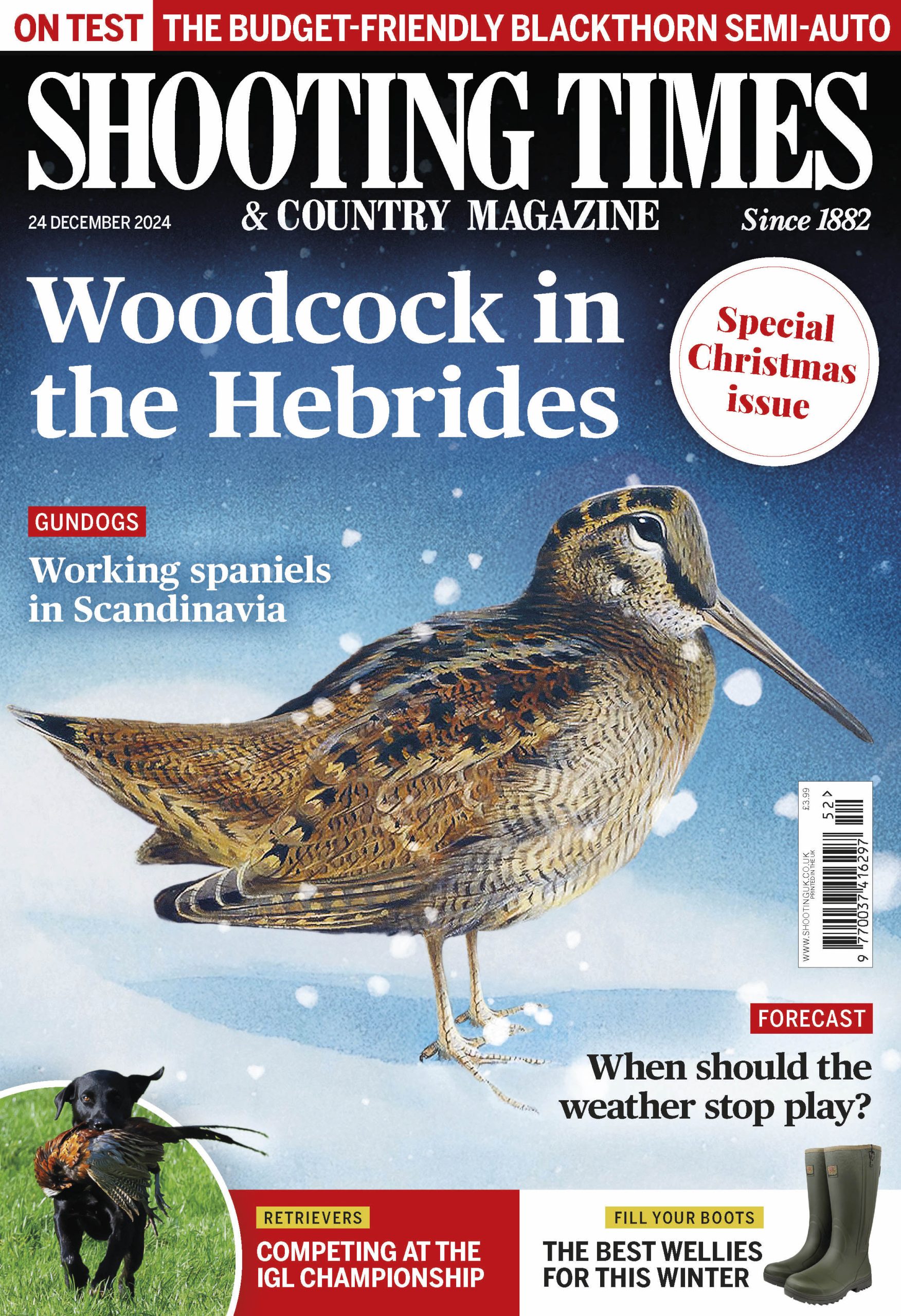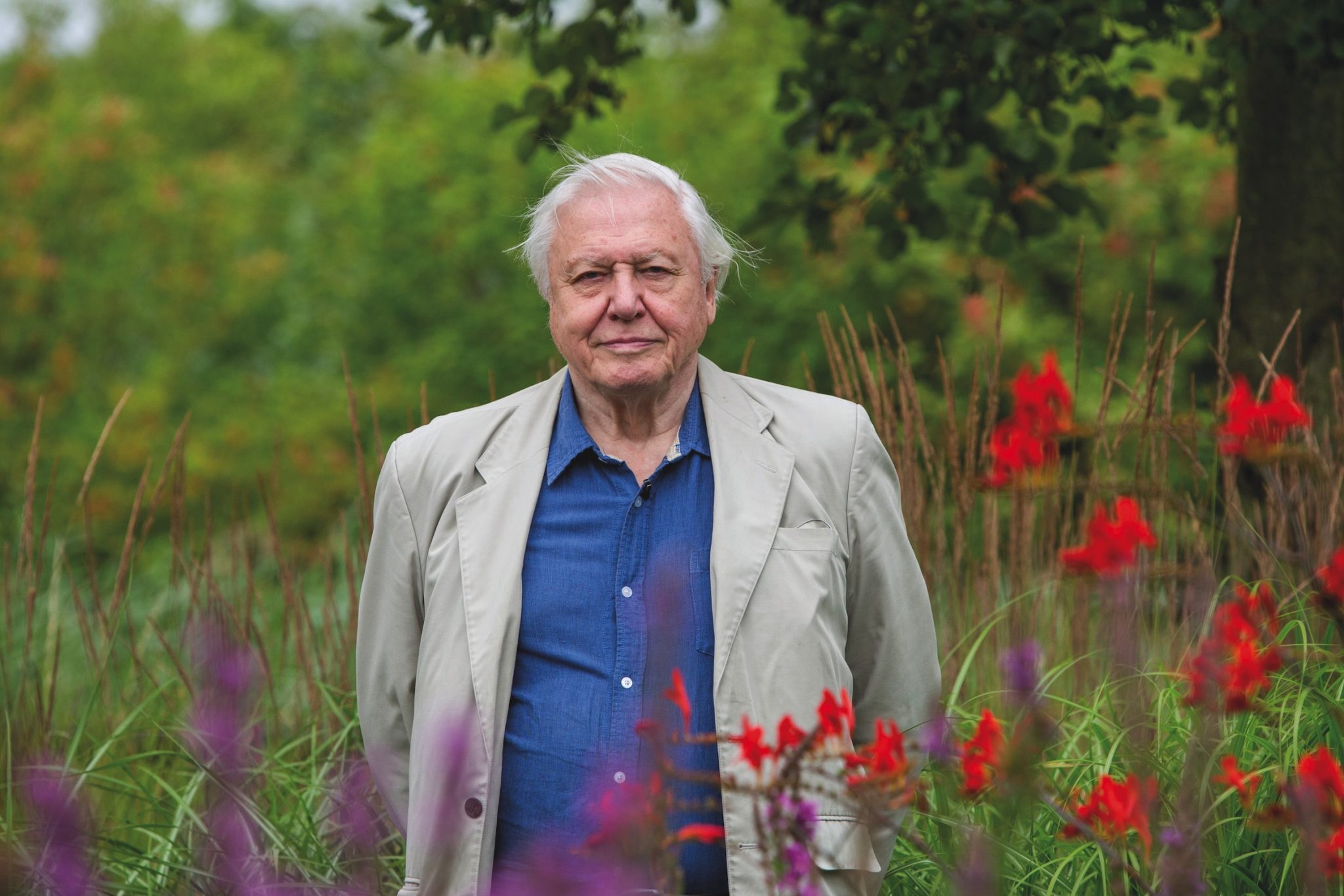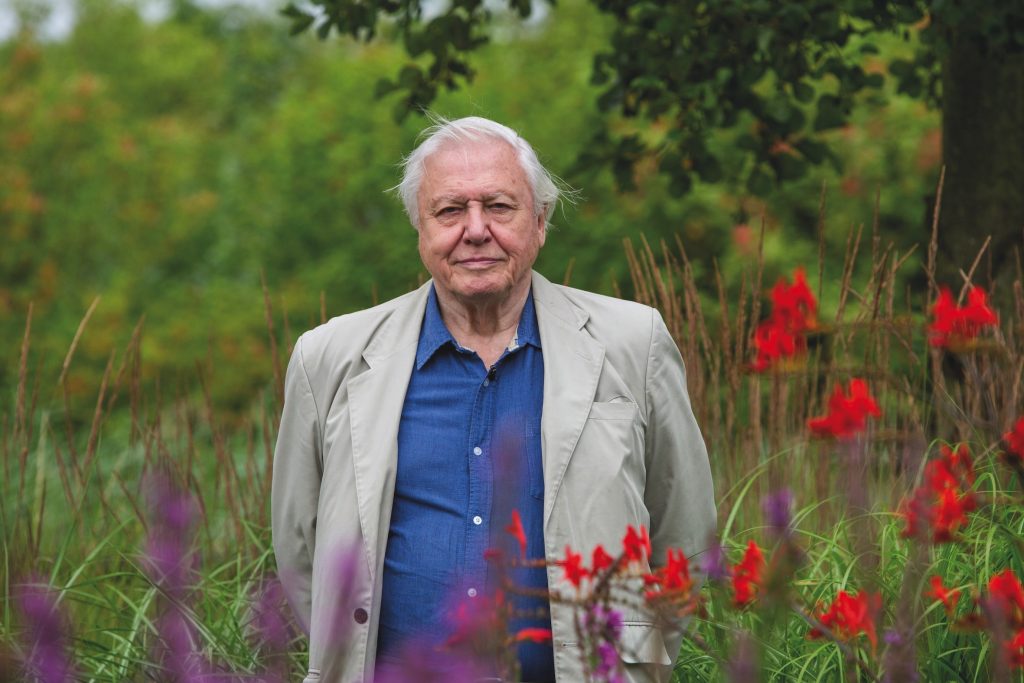Win CENS ProFlex DX5 earplugs worth £1,149 – enter here
Predator control vital for waders
<strong>Results of the Otterburn study illustrate the need to control foxes and crows to save upland species</strong>
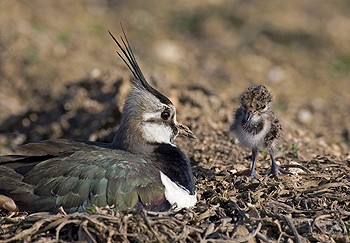
Last week, the Game & Wildlife Conservation Trust (GWCT) published the results of its Upland Predation Experiment conducted on Otterburn moor in Northumberland. The nine-year study clearly showed the benefit of crow and fox control on the recovery of curlew, lapwing and golden plover.
One of the longest-running studies of its kind ever undertaken, the research shows for the first time that the control of common predators such as crows and foxes significantly improves, by more than three times, the breeding success of curlew, lapwing and golden plover all species of conservation concern.
The results have important implications for the future of bird conservation in the uplands. Dr Stephen Tapper, head of policy and public affairs with the GWCT, explained: If we want to reverse the decline in some bird populations we need to do more than simply improve countryside habitats. Agri-environment schemes on their own, without predator control, seem unable to give rise to an abundance of breeding waders or even bring about a significant improvement in sparse populations.
The rest of this article appears in 17th March issue of Shooting Times.
What is YOUR opinion?
Join other ST readers in our forums to discuss your views.
Like this article? Mark this page on a social bookmarking website…
Related Articles
Get the latest news delivered direct to your door
Subscribe to Shooting Times & Country
Discover the ultimate companion for field sports enthusiasts with Shooting Times & Country Magazine, the UK’s leading weekly publication that has been at the forefront of shooting culture since 1882. Subscribers gain access to expert tips, comprehensive gear reviews, seasonal advice and a vibrant community of like-minded shooters.
Save on shop price when you subscribe with weekly issues featuring in-depth articles on gundog training, exclusive member offers and access to the digital back issue library. A Shooting Times & Country subscription is more than a magazine, don’t just read about the countryside; immerse yourself in its most authoritative and engaging publication.
